The Unseen City
Discovering John Albok’s New York
There are names in photography that everyone knows—the Annsels, the Henri-Cartiers, the Diane Arbuses. But sometimes, the most moving work comes from artists who flew under the radar, photographers who were less concerned with fame and more with the truth of the moment.
Today, a friend and colleauge
sent me an article from Ephemeral New York about one such artist - John Albok - and his images have offered me a window into a New York City I’ve only read about in books.Albok wasn’t just taking pictures; he was capturing the very soul of the city during an era of profound change, struggle, and resilience. His photographs are honest, unpretentious, and deeply human.
Born in Hungary, John Albok emigrated to the United States in the 1920s and, like so many others, found his home in New York City. He opened a tailor shop on Madison Avenue, but his true passion was out on the streets with his camera. As an immigrant himself, Albok was uniquely positioned to see the city through a lens of empathy and curiosity. According to the New York University archives, which house his collection, Albok was fascinated by the daily lives of ordinary people, especially in the city’s vibrant immigrant communities.
His work is part social document, part love letter to his adopted home. You won’t find perfectly staged shots here. Instead, you’ll see children cooling off in the spray of a fire hydrant, families greeting loved ones at the docks, and street vendors working tirelessly to make a living. These aren’t just images; they are stories filled with the kindness, struggle, and hustle of people building a life in the concrete jungle.
While much of Albok’s work captures quiet, everyday moments, his archive also reveals a photographer keenly aware of the social and political currents of his time. A specific collection of 433 black-and-white negatives, shot between 1933 and 1968, serves as a powerful historical record.
Aside from moments of everyday life, this collection documents:
May Day parades from 1933-1938, many of which took place in Union Square, New York’s traditional gathering place for protest and demonstration.
Labor Day parades from the early 1960s, capturing the spirit of the American worker.
Demonstrations against the Vietnam War in 1968, showing a city grappling with a new era of conflict.
Through these images, Albok captured the public voice of New York—the collective hopes, fears, and demands of its citizens. He showed the city not just as a place of commerce and culture, but as a stage for history itself.
He may not be a household name like his New York contemporaries Walker Evans or Helen Levitt, or Sid Grossman, and he may not have possessed their technical polish or artistic renown, but his photographs transport you to an older New York—one that was gritty, lively, and overflowing with character.
If you’re interested in seeing a different side of New York, I highly recommend digging into Albok’s work.
For years, friends had been telling me about Björk’s 90s album, Homogenic. I’d diligently tried to get into it before, but it never quite clicked. This year, however, it finally did. Maybe my mind gave in to the pressure, or perhaps the timing was just right. Whatever the reason, I’m completely captivated.
A historical 1929 recording of Chopin’s Ballade No. 1 by the great French pianist Alfred Cortot, widely regarded as the greatest interpreter of Chopin.
Thanks for reading, viewing, and listening.
’Til next time
ak


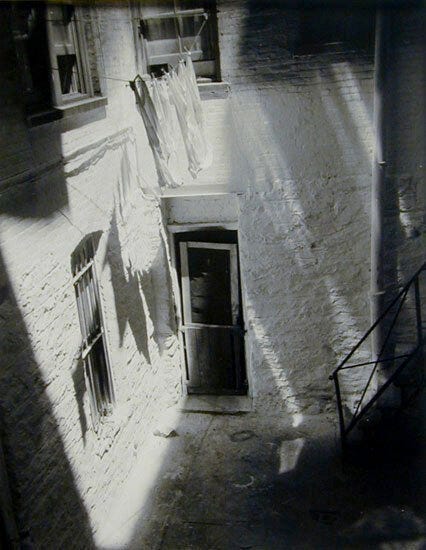
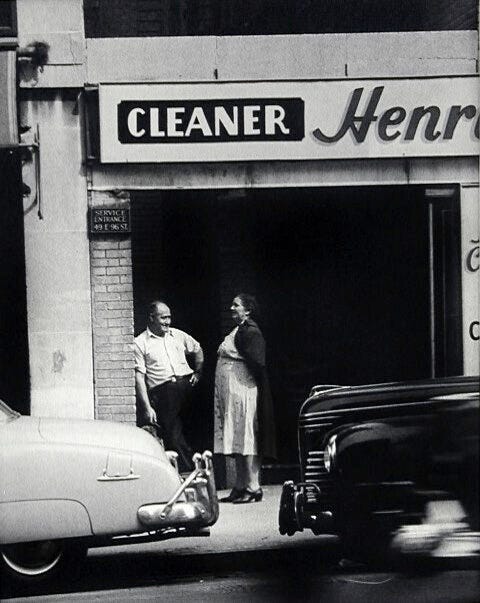
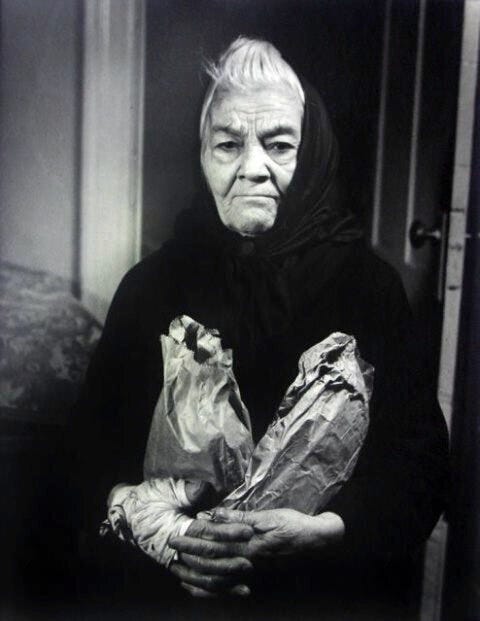
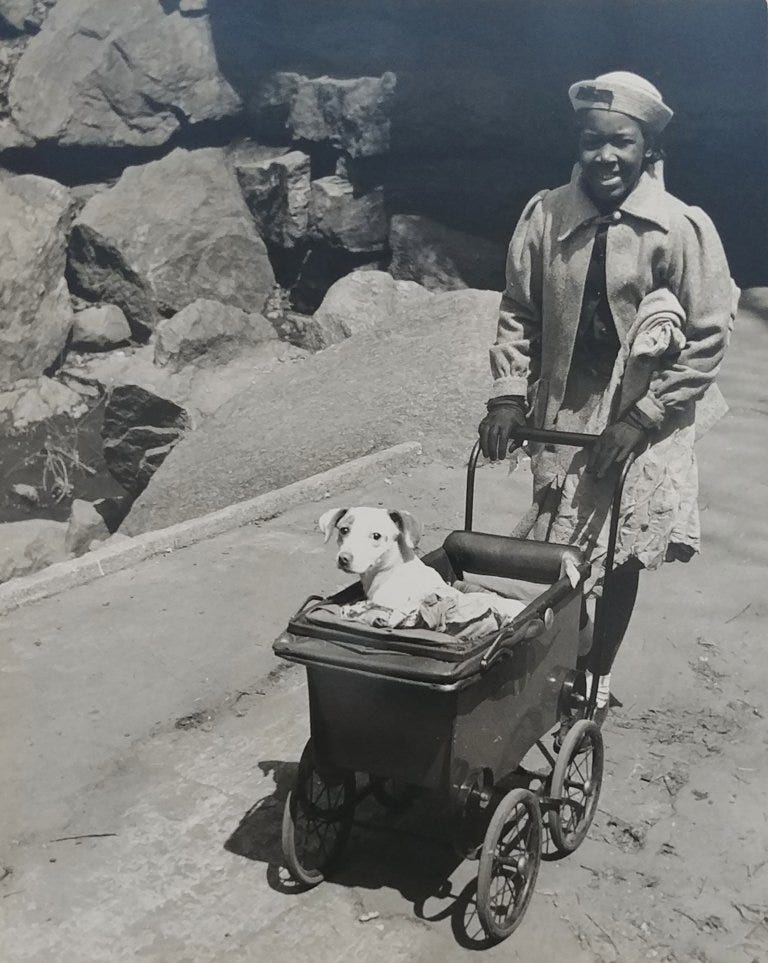
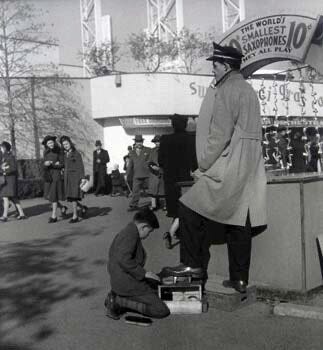
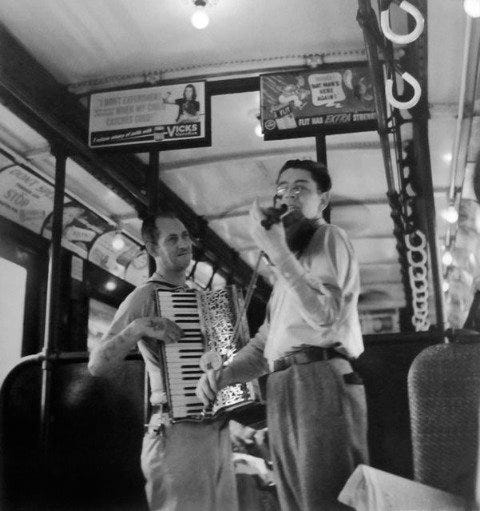

@serious as your life Thanks for the restack.
Hi Alex,
Spot on assessment. Thoroughly enjoyed digging in.
Cheers!
https://www.pdnbgallery.com/johnalbok